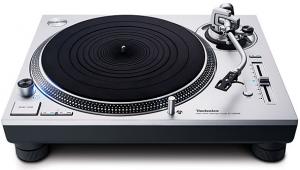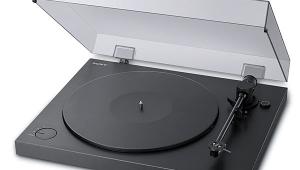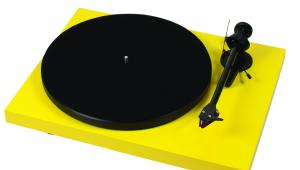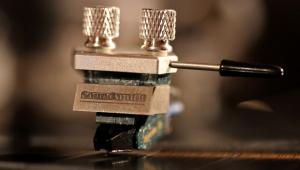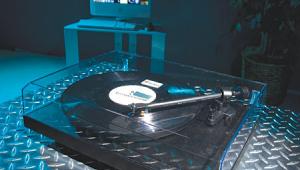Test Report: Rega RP6 Turntable
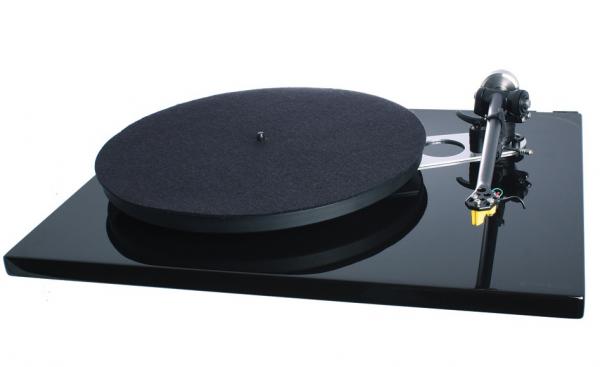
It’s a ritual. You hear audiophiles claim how great vinyl sounds, but you never quite buy into it. Then you finally hear your first good turntable, and you’re hooked. In my case, it was a Rega Planar 3, demo’d by Sound+Vision contributing writer Ken Korman. Back in 1991, I spent an evening at Ken’s checking out old sides by the likes of Miles Davis and Todd Rundgren, in each case marveling at how different the sound was from the CD.
The reason many audiophiles get their start with a Rega is that Regas deliver above-average performance at below-average prices. The new RP6 is a great example.
Unless you order your RP6 in one of the seven available non-black colors (including pink!), it looks like a typical low-priced audiophile turntable. But a lot of engineering lies under the surface. A heavy, two-piece glass platter provides a smooth-spinning surface for your records. It’s supported on six tiny raised sections of an aluminum subplatter.
The RP6’s 24-volt, low-noise AC motor gets its juice from an outboard power supply, which Rega hand-tunes to each individual motor to minimize vibration. The power supply has two buttons, one for power on/off and the other to select 33- or 45-rpm playback.
The plinth (the flat base that supports the tonearm and the platter) is surprisingly light. This design reflects Rega’s belief that the massive components used in most high-end turntables transfer vibration from the motor and bearings into the record. However, the assembly retains rigidity through the use of a “stressed beam” arrangement. A phenolic sheet underneath the plinth connects the tonearm and the turntable bearing. A metal sheet, visible from the top, also connects the components and creates a rigid framework with the phenolic sheet.
“The best thing about Rega turntables is that you get a Rega tonearm,” Ken told me way back when. The RB303 tonearm included with the RP6 is indeed a beautiful piece of machinery, with a rigid yet lightweight cast-aluminum arm and an exceptionally smooth damping mechanism that gently lowers the needle to the groove. Sound Organisation, the U.S. distributor for Rega, told me that the RB303 on the RP6 is not the same as the RB303 on the less expensive RP3; the version mounted on the RP6 has upgraded bearings and a snazzy stainless steel counterweight.
You can get an RP6 without a cartridge for $1,499. The $1,999 version includes the Exact, Rega’s top-of-the- line moving-magnet cartridge. The Exact normally costs $599, so you save $100.


